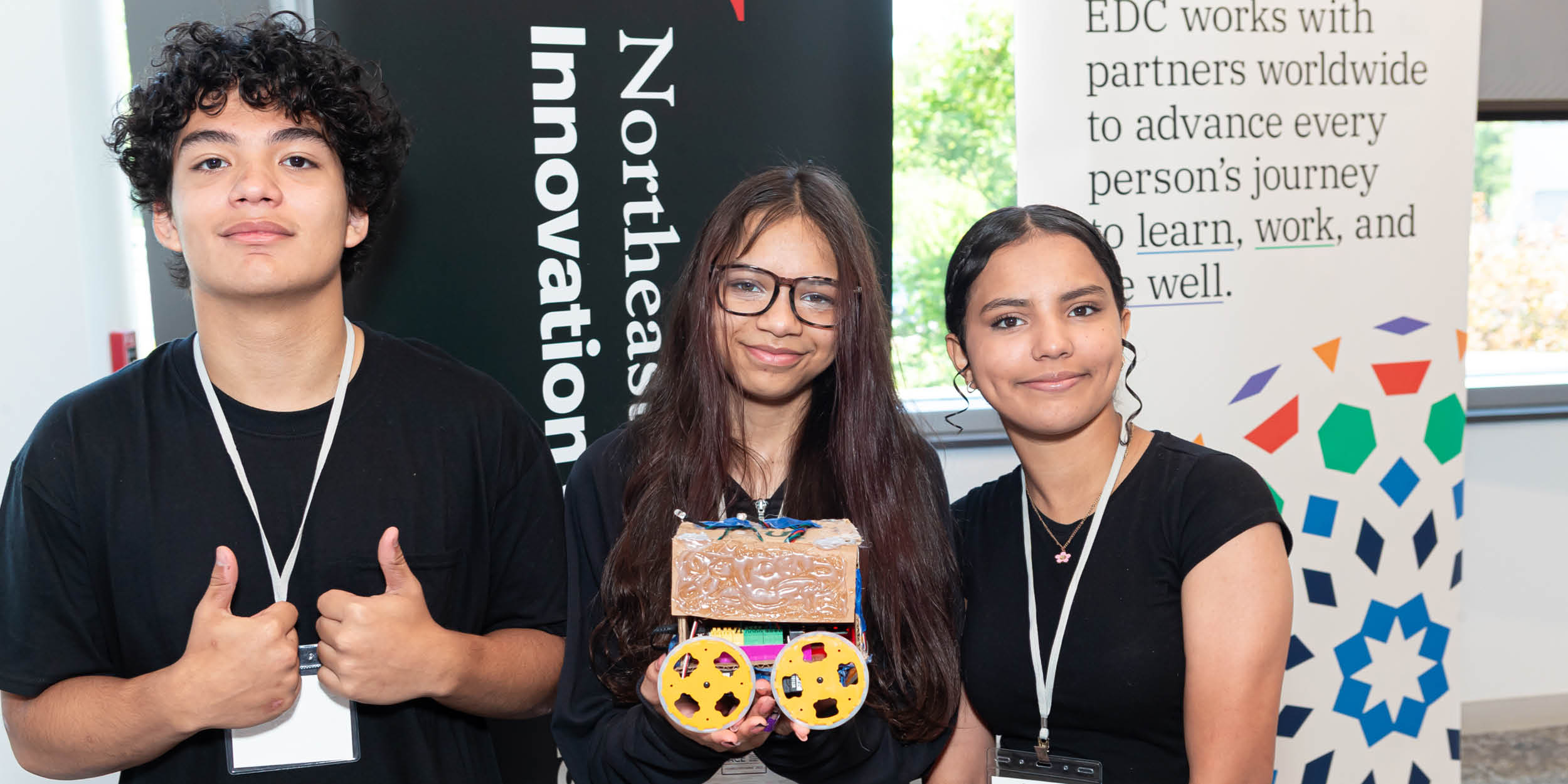Connecting School and Career in Rural Communities
EDC’s Pam Buffington discusses a promising new model from East Texas.

Could rural communities be vibrant engines in the coming high-tech economy? EDC’s Pam Buffington believes it’s possible. Nearly 20 percent of students in the United States attend a rural school. And the recent expansion of broadband Internet to these communities has allowed many new types of businesses—often with high-wage, high-demand jobs—to set down roots.
For the past year, Buffington has been examining a new initiative that links schools and labor markets in rural east Texas. The work, which is funded by the T. L. L. Temple Foundation, is already changing lives—and expectations about what is possible in rural economies. In this podcast, Buffington explains how the model might provide a road map for other rural communities looking to provide their graduates with valuable, meaningful opportunities to stay local.
On the changing nature of rural economies
For many rural communities, there has been a decline in a number of traditional careers, such as in the pulp and paper industry [and] forestry. Farming is changing although still present . . . fisheries are changing in rural places, [too]. So things are certainly shifting in terms of the particular workforce demands and the types of industries, manufacturing, and so on, that once were more prevalent in rural places.
On the potential for this initiative to improve economic opportunities for rural students
This is a model that is designed from the beginning with the rural community at the center. It’s bringing together collaboratively a team of individuals from industry, from economic developers, parents and families, educators, and higher ed partners, to really look at data to help drive pathways to high-value credentials and associate degrees to be able to contribute to the community wealth, to develop a strong and robust workforce, aligned with high-wage, high-demand careers.
On emerging industries in rural communities
There are real opportunities for things like advanced manufacturing or cybersecurity. By providing robust access to the Internet through fiber networks, they are able to do a whole vast number of different types of occupations.
On the difference this initiative is making
One of the students that we interviewed who has gained dual enrollment credit at the university would like to be a pediatrician . . . so his excitement about this program is that he could come back to a community that is thriving, that needs those services, that allows him to be with his extended family.






